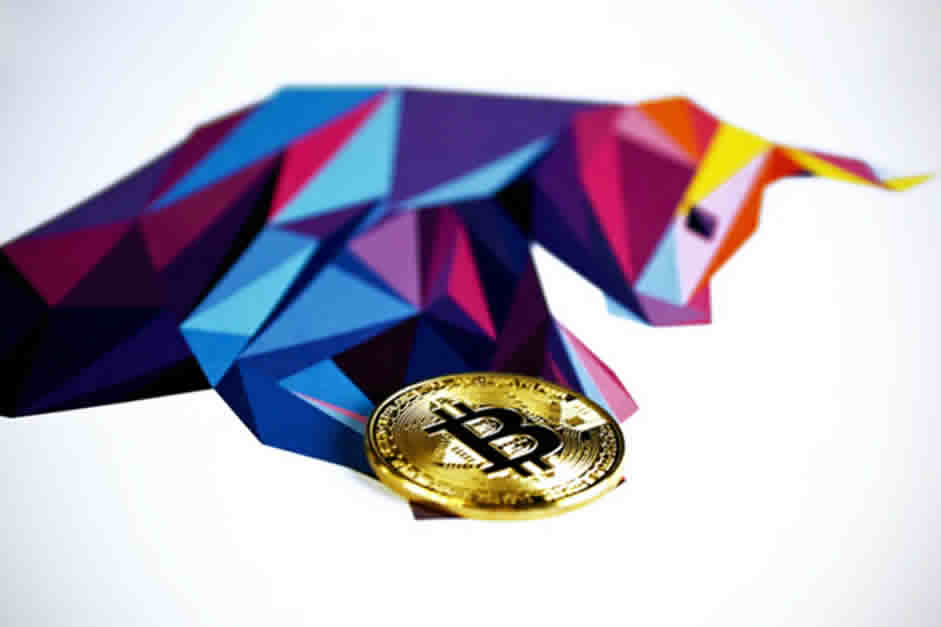The NFT market has exploded in recent months, and cryptoart is going for millions. But what is an NFT, and why are people willing to pay such huge amounts for digital collectables?
This content is sponsored by Axo Finans, one of Scandinavia’s largest finance agents with clients in Norway and Sweden. The company, which allows clients to compare loans with a single application, was founded in 2008 and is regulated by Norwegian Financial Supervisory Authority.
In 2020, NFT transactions grew by 299% to a value of 250 million USD. This enormous market growth has attracted the attention of a flurry of financial agents, individuals and institutions alike, and has many wondering if it’s time to invest while there’s still money to be made.
What actually is an NFT, and is return on investment guaranteed? Read on to find out.
What is an NFT?
NFT stands for Non-Fungible Token. They represent a unique resource of digital assets or collectibles and are currently commonly exchanged for digital art.
Each NFT is unique. A single NFT contains information that differentiates it from another, and can therefore be tracked to its original owner. Because each NFT is unique, its value will not be the same as another. So even though NFTs are a part of the cryptocurrency Ethereum blockchain, they are different from the likes of Bitcoin and Dogecoin because of the unique information each NFT carries. A bit like a thumbprint.
This is why an NFT is valuable
NFTs are blockchain technology and therefore not physical. Anyone can see, share and copy a digital asset which includes an NFT, but the blockchain technology pinpoints an original owner.
This technology enables buyers to gain ownership of a digital asset in the form of a unique digital token stored on blockchain.
NFT technology also means that buying and selling can take place without a third party, such as an auction house.
This is the value of an NFT. Buyers don’t just buy the rights to a digital commodity, but proof of ownership. This is revolutionary in a market standing in the murky waters of digital copyright.
Cryptoart: A multimillion dollar market
Recent months have shown that investors are willing to pay millions for the mark of ownership of a digital asset. Cryptoart is everything from digital artwork, to photos and audio files, to Tweets. And in the realization of Tesla’s neural chip in humans, your neural data could even be considered as cryptoart.
Some of the major investments so far:
The anonymous cryptoart collector WhaleShark recently bought a pair of AI-designed sneakers for around 13,331 USD. A basketball collector card of LeBron James was sold for around 5.2 million USD.
Claire Elise Boucher, also known as Grimes and in a relationship with Elon Musk, has sold digital art for around 6 million USD. And the relatively unknown digital artist Beeple sold artwork for 69 million USD.

So, should you invest in NFT?
That the NFT sits on so much money has skyrocketed interest in cryptoart. Yet, there’s no doubt that this form of art investment carries a high risk.
NFTs are non-fungible. This means that they can’t be exchanged for one another like cash money, or even bitcoin. The price of an NFT is dictated by offers and demand. The biggest risk of buying NFTs is the market’s unstable and unpredictable nature.
The NFT market is currently so in its early stages that no-one can know how it will develop. The basketball card of LeBron James may have sold for several million dollars, but there’s no guarantee that it will be bought for more or even the same in the future. To further complicate matters, there has been recent concern over the negative impact the NFT might have on the environment.
It’s therefore difficult to say if the NFT train is worth jumping on, and whether its a good long-term investment. Only time will tell – but of no doubt is that this is the year of NFT hype.







